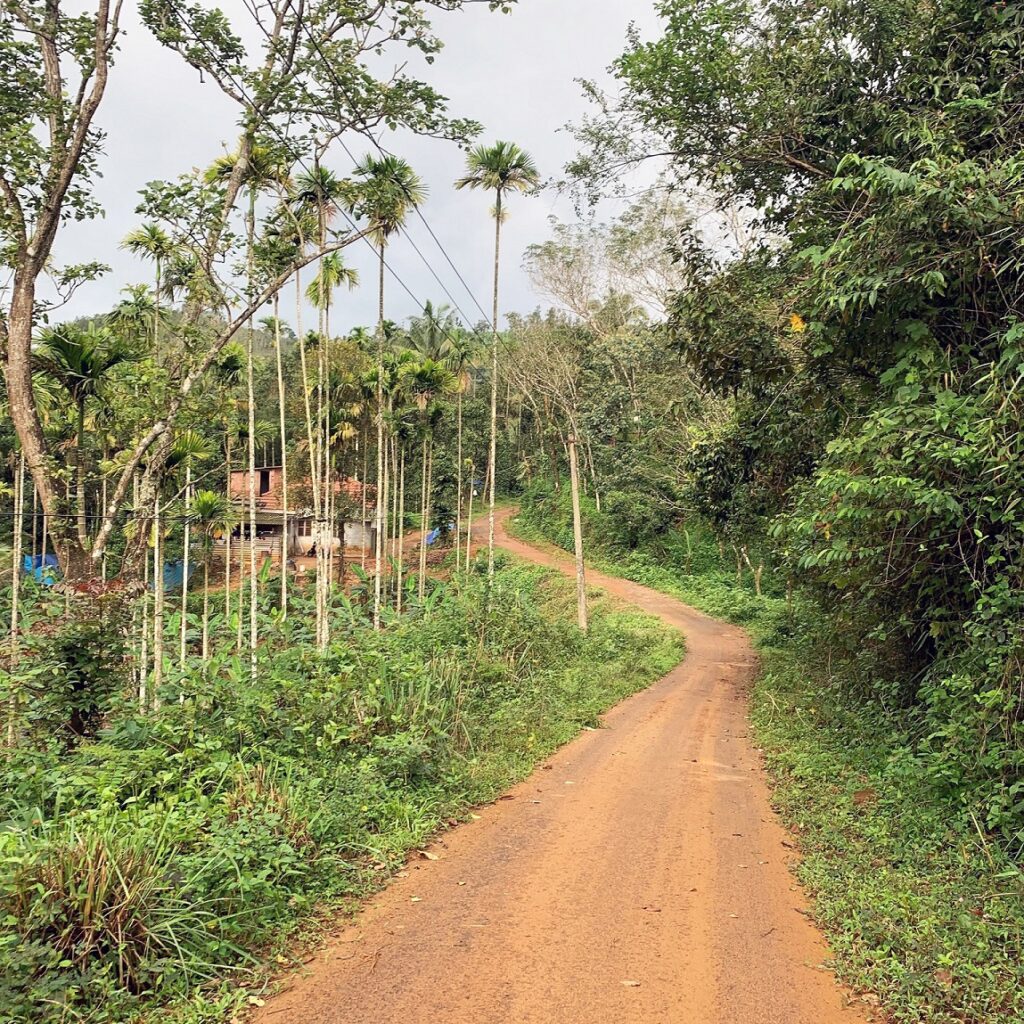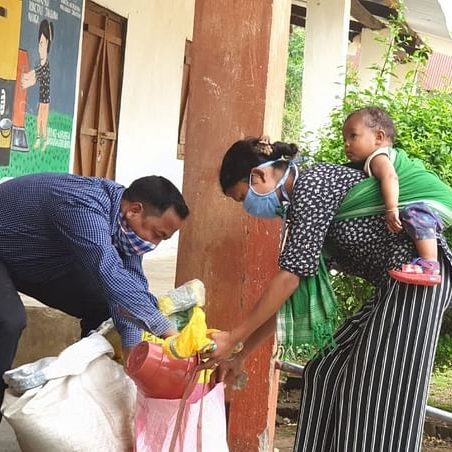The COVID-19 pandemic has affected communities across the globe and presented them with many challenges. Rural communities are facing unique challenges in response to the virus. Many residents are already plagued by economic instability and health-related issues, and the COVID-19 outbreak is not helping. The risks and challenges that are unique to rural communities mean their needs might get left behind in legislation or funding for treatment and care. Despite rural communities having less people, there might not be proper PPE or testing materials. According to the University of South Carolina, some of the challenges they face in light of the pandemic include: financial insecurity, fewer resource accessibility, communication problems, and vulnerability of the population.
Wayanad is a rural area in India. Profugo’s work in Wayanad is important because although it is plentiful with natural resources and agricultural opportunities, many community members are economically disadvantaged. This economic instability heightens the impact of COVID-19 on rural Wayanad. Because many members of the community support themselves through small-scale agricultural production, the pandemic has made it harder to maintain these farming practices. Other community members do various day jobs, and the economic stress and unemployment from the pandemic is affecting these workers as well.

Photo source: Profugo
Many rural areas are faced with financial insecurity. Oftentimes, rural communities have higher rates of poverty and lower rates of employment. Residents typically have jobs subject to insecurity, especially during this pandemic, such as tourism, farming, or owning small businesses. Additionally, the health care providers in rural communities might not have the same economic resources as larger, more urban providers. It can be hard for rural hospitals to keep up with medical costs or hire additional staff in times of need. This also makes testing for COVID-19 harder, as there might not be enough money to fund the tests.
Rural communities often do not have the quantity of health care resources as larger communities. There are typically fewer health care providers, smaller facilities, and less access to the facilities that exist. In some rural communities, it might take people a long time to reach the only hospital in the area. Moreover, the hospitals in rural communities might not have enough ICU beds or ventilators to treat all patients if there is a spike in COVID-19 cases. There are many questions that can be asked to assess if rural communities have good quality resources in times of health emergencies. For example, how many hospitals have enough beds or ventilators within a reasonable (less than an hour) drive? How many nurses and physicians are trained in critical care within a reasonable (less than an hour) drive? How much of the rural population is elderly?

Photo source: Better India
As the Rural Health Information Hub explained in their guide to rural responses to the disease outbreak, communication problems can arise in rural communities if these areas do not get enough communication or engagement from other communities. Planned and coordinated responses to issues, especially during the pandemic, are crucial to ensuring rural communities don’t get left behind. However, lack of internet or cell service can be a barrier to strong communication.
Members of rural communities face multiple challenges and may be quite vulnerable. Some members may be older, putting them at higher risk of serious complications from COVID-19. Some members might not have access to transportation to get quickly to a hospital if they need to. Although not unique to rural life, these challenges of old age and lack of transportation are heightened by living in a rural area.
There are steps that can be taken to help manage the challenges rural communities face and strengthen infrastructure. First, a better model of funding and financial support for rural health care systems would offer support and funds regardless of the volume of care provided. Rural communities rely on funding to keep their hospitals running. Second, better access to resources can help communities. This is one reason why sustainable agriculture is so crucial to Profugo’s work, as sustainable agriculture can be more resistant to economic fluctuations. Resources also include access to proper health care, more reliable food sources, and more stable economic opportunities. Third, Giving Compass, a nonprofit group that organizes philanthropic groups and provides information on donation resources, emphasizes that offering economic assistance to rural workers who mainly work in daily-wage jobs could provide a huge boost and keep these communities afloat during tough economic times.
Overall, despite the challenges those in rural communities face, the global pandemic has highlighted the need to be a global citizen. Truly now, more than ever, communities need to come together to care for one another. In Wayanad, the community members are showing how crucial it is to support local communities and offer care and help for others. While these times are challenging, uncertain, and unprecedented, there is no lack of compassion within communities.
Sources:

Leave a Reply
You must be logged in to post a comment.